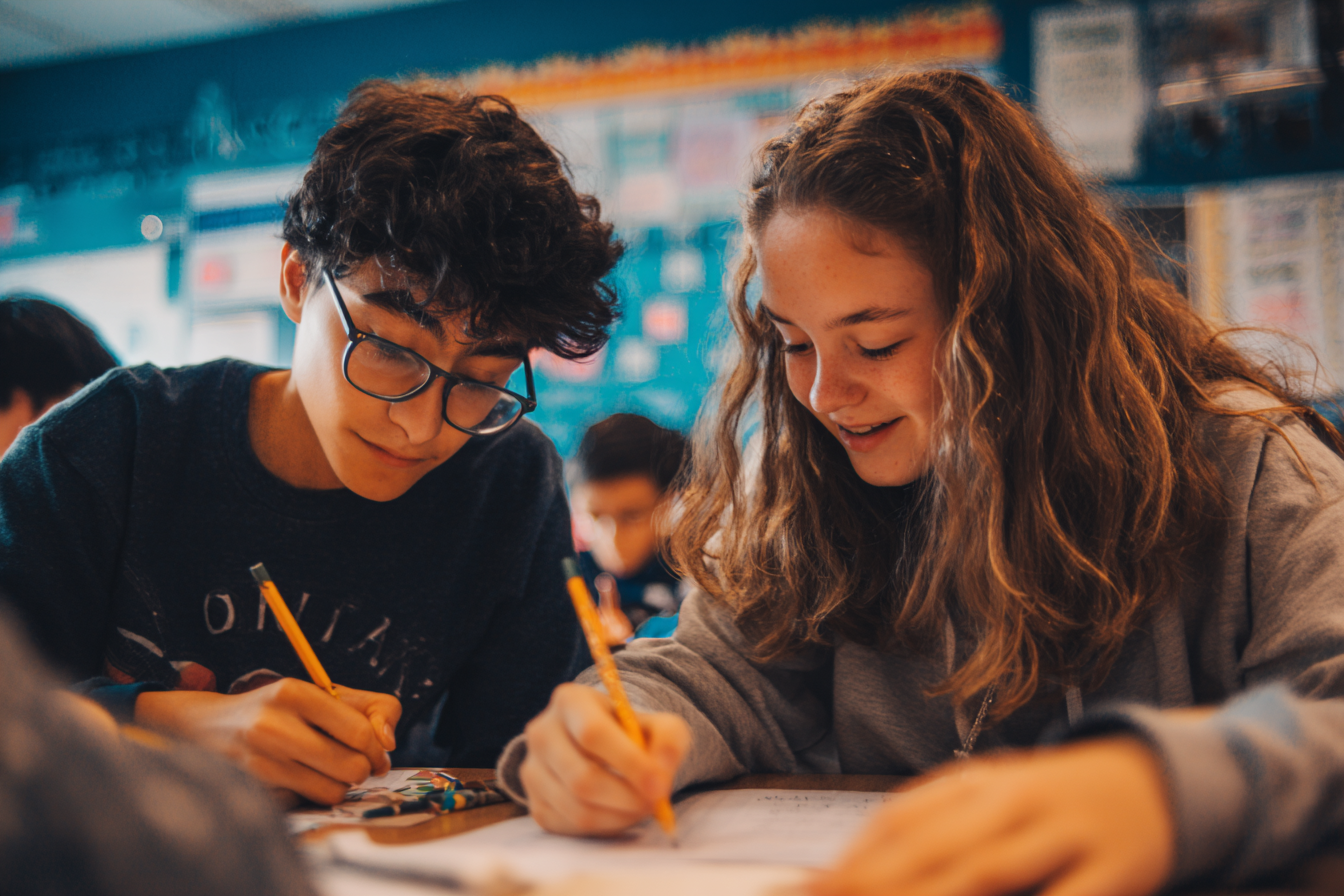Unit Plan 32 (Grade 8 Social Studies): Reconstruction Plans and Politics
Compare Presidential and Congressional Reconstruction—their goals, powers, and outcomes—and analyze how checks & balances, federalism, and citizen participation shaped post-Civil War change.

Focus: Compare Presidential Reconstruction (Lincoln/Johnson) vs. Congressional Reconstruction (Radical Republicans)—goals, powers, and outcomes.
Grade Level: 8
Subject Area: Social Studies (U.S. History • Civics • Geography)
Total Unit Duration: 5 sessions (one week), 50–60 minutes per session
I. Introduction
Students investigate competing visions for rebuilding the nation after 1865. They contrast executive-led leniency (amnesty, quick readmission, limited federal enforcement) with Congressional Reconstruction (civil rights protections, 14th Amendment, military districts, and conditions for readmission). Using primary sources, maps, and political cartoons, students explain how checks & balances and federalism shaped the struggle between branches and how citizens engaged through voting, petitions, officeholding, and resistance.
Essential Questions
- How did Presidential and Congressional plans define “loyalty,” “rights,” and readmission differently?
- In what ways did checks & balances (veto/override, impeachment) determine Reconstruction’s direction?
- How did citizens—especially freedpeople—exercise civic participation and face opposition during Reconstruction?
II. Objectives and Standards
Learning Objectives — Students will be able to:
- Compare policy goals, tools, and assumptions in Presidential vs. Congressional Reconstruction.
- Explain how constitutional structure (branches, federalism, veto/override, impeachment) affected policy outcomes.
- Analyze turning points (Civil Rights Act of 1866, 14th Amendment, Reconstruction Acts of 1867, impeachment crisis) and their legacies.
- Construct historical explanations that weigh multiple causes, uncertainty, and continuity/change in Reconstruction politics.
- Describe civic roles (voting, juries, conventions, petitions, officeholding) and evaluate barriers (violence, Black Codes, intimidation).
Standards Alignment — 8th Grade (C3-based custom)
- 8.C3.Civ.2: Constitutional structure; branches, checks & balances, federalism; apply to cases.
- 8.C3.Civ.3: Roles/responsibilities of citizens in a republic (participation, discourse, petition, jury).
- 8.C3.Hist.4: Turning points and big ideas (self-government, emancipation, federal power) and legacies.
- 8.C3.Hist.5: Historical explanations with multiple causes and continuity/change.
Success Criteria — Student Language
- I clearly contrasted Presidential and Congressional goals, tools, and requirements.
- I used checks & balances vocabulary (veto, override, impeachment) to explain outcomes.
- I justified a turning point claim with corroborated evidence.
- I identified civic actions and barriers faced by different groups during Reconstruction.
